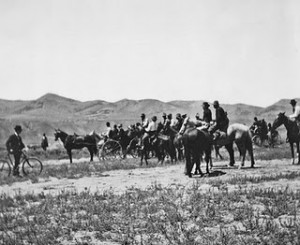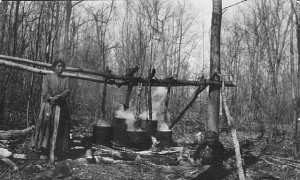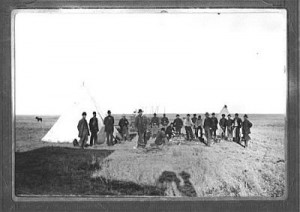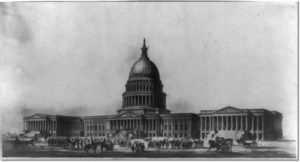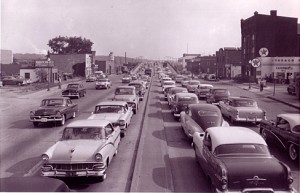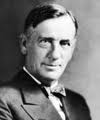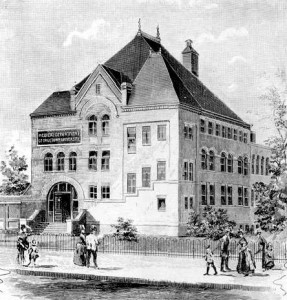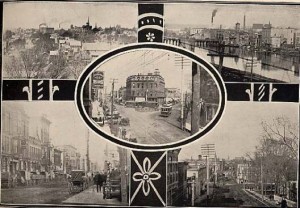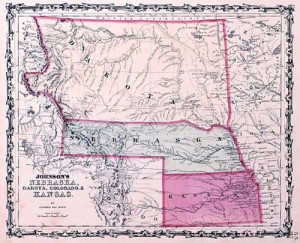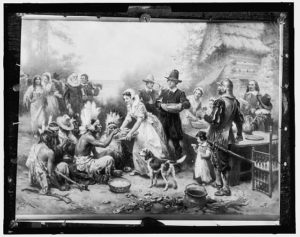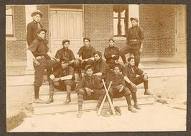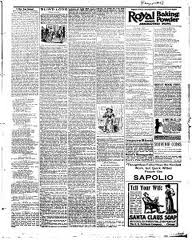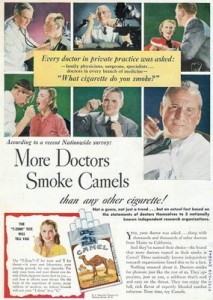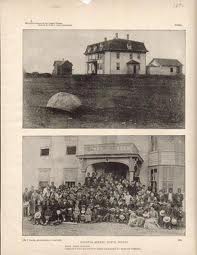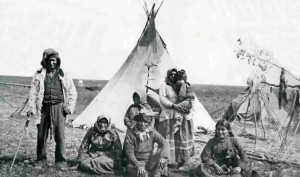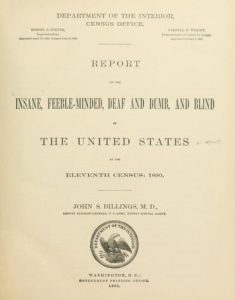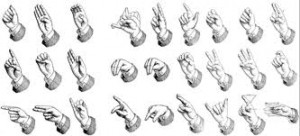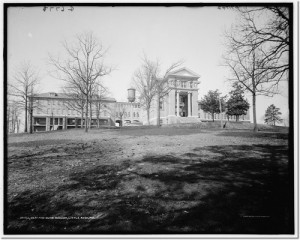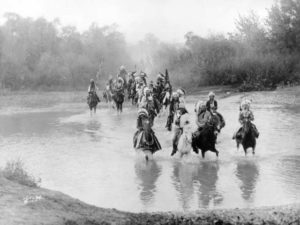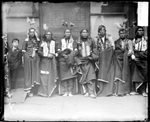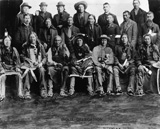When the Canton Asylum for Insane Indians first opened, employees took on a variety of tasks not necessarily in their job descriptions. Dr. Turner, the assistant superintendent and the only doctor at the asylum, often traveled out-of-state to escort new patients to the asylum.
On February 4, 1905, the Sioux Valley News reported that Turner and an employee named Hans Loe, had just returned from Fort Hall in Idaho with two Shoshone patients. That week, the financial clerk also returned from a trip to bring back an Apache patient. Turner was scheduled to go to Indian Territory to pick up an insane woman at Union Agency, while O. S. Gifford was set to go to Minnesota to get a patient from White Earth reservation.
Though this may have been an especially busy week, employees obviously could not give patients their full attention.
______________________________________________________________________________________
